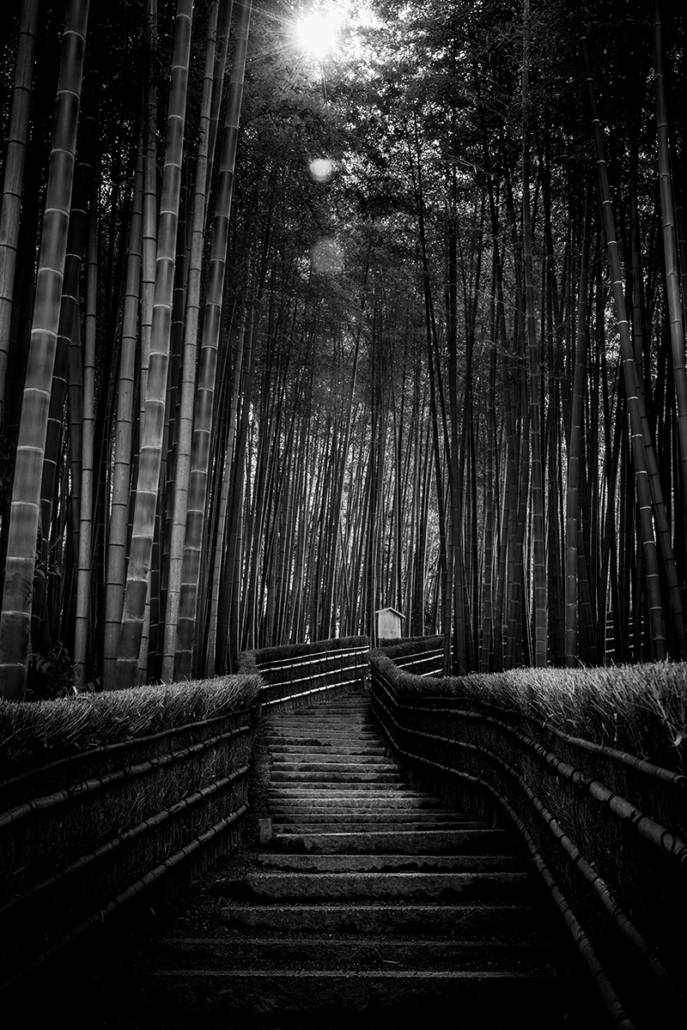We all know this feeling. You’ve been taking photos for a few hours, the whole day maybe. Your memory card has tens, hundreds of new photos on it. Some are test shots, some are “why not?” opportunistic shots, some are good or maybe even pretty good ones… But there are always those 2, 3 photos that you’ve spent so much time owning the scene, waiting for the right moment, you made the stars get in line to make this happen. And it happened, you got them. And like a kid at Christmas, you want to see them, post process them and, obviously, share them on your portfolio, your Facebook page or you Instagram account.
Yes? No? Well, at least, I know I do.
Or at least, I know I did.
Because when you unload your memory card in your computer, you do not look at the whole picture (pun intended), the entire session. You go directly to those few shots, that you know at the ones, that you want to edit right know, the way you imagined them. Before you forget, before it’s too late!
The result? A few pretty good photos indeed, quite a few “like” on your favorite social network, and that’s it. A bit underwhelming actually, face to what amazing photo you thought you had in your hands.
Exactly, what you thought you had. What I often thought I had.
Arashiyama Bamboo forest. Kyoto, Japan, 2015. The original, processed-on-the-day file was an ugly HDR-ish photo. Redone 15 months later, it’s a classy black and white shot. Get a print.
–
The emotional link between a photographer and a photo he has just taken is not always right. It is more often linked to how difficult, how long it took, what skills he had to use rather than to the actual content of the photo. Unfortunately, a photo that was hard to take is not necessarily a good one. The effort spent, the complexity of the shooting is not a warranty of success. When judging with your heart rather than your brain you are not critical enough about your work. And trust me, being able to self critic his own work is a fantastic tool for a photographer.
Furthermore, one tends to overprocess the photo they work on just after a shoot, trying to recreate the scene that remains in memory, and maybe make it even better. The result, often, doesn’t meet the expectations. Over saturation, high contrast and excessive clarity are a frequent “rapid edit” mistake.
In the other hand, an easy shot doesn’t mean a bad one. Those are the ones you won’t necessarily remember after a session, you’ll maybe look over and forget because of those few other “awesomely awesome” shots, but…
This is something I figured out with my Long Legs photo from Prague. I totally forgot this photo. It is a “snapshot” I’ve taken while trying to get a totally different scene. I wanted to have the sun right were I wanted, as little crowd as possible… and I took this photo while waiting. Back home I’ve processed the few 10-15 photos I thought were the ones of that day, including a few of this scenery. And guess what? The 3 photos I really do like from this selection are not even from the scenery I waited for a long time to shoot! I was emotionally link to them, but as a result and after a few days, this link has faded, they weren’t such good shots in the end. BTW, I found Long Legs almost a month after I came back from Prague on my hard drive, totally forgotten. I almost broke my head on the wall when I figured out what I missed.
And I can tell you that I missed quite a bunch of good shots, being to emotional, and too fast, after a day shooting. Now, I take my time, there is no rush 🙂
Long legs. Prague, 2016. Almost forgotten in a corner of my hard drive. Get a print.
–
So, what is the take away of that story? To just take your time 🙂 Of course, it may not apply to everyone, I refer to pros that need to have a very rapid turnover. But, well, they’re pros for some reason, right? Let’s resume it like this:
- Let things cool off. I just do after a session a backup of the photos of the day and a basic culling with Photo Mechanic: I want to get rid of the blurred/not in focus/duplicated photos… ASAP. There is no point on keeping them.
- Edit when you’re cold. A few days later is another culling session, from an editor(-ish) point of view. This is were the heavy lifting is performed. However, I have broken, or at least reduced, this emotional link. I can be more critique about my work, and I have a much better view on what I have achieved then. I am led by my brain, not by my heart.
- Then, the post processing can start. On a much lower number of much better photos.
The beautiful thing with digital photography is the instant feedback, and the instant gratification that goes with. This is an awesome perk, but I’ve also figured out it could be my enemy. This is one of the reasons why I like to shoot digital like I’d shoot film.


